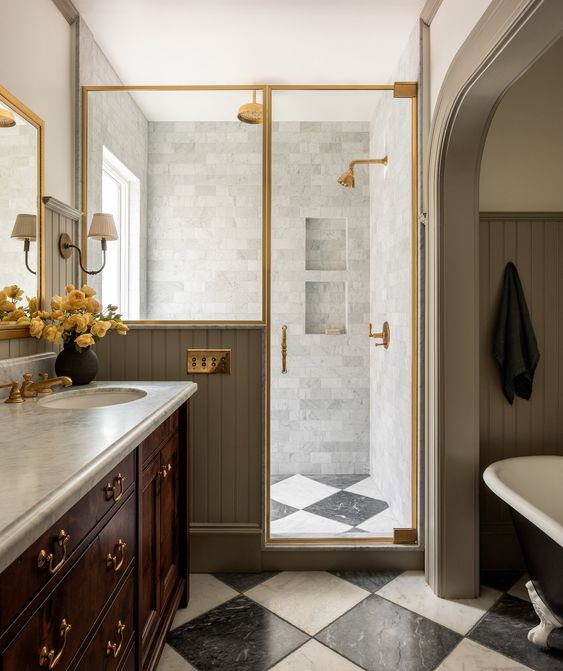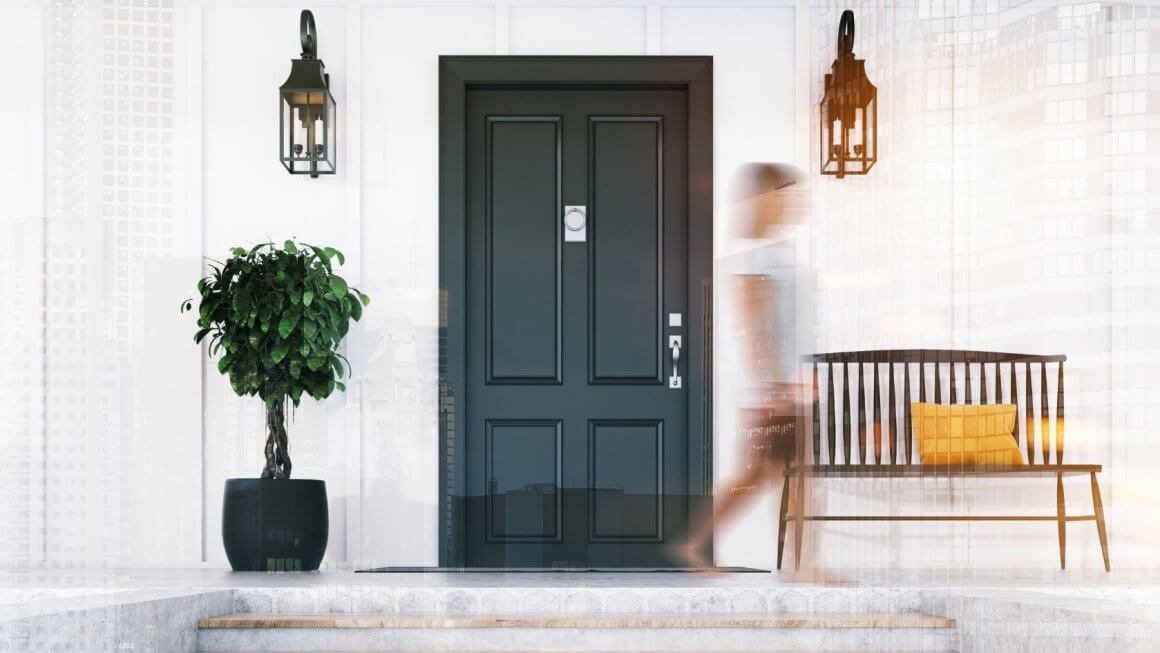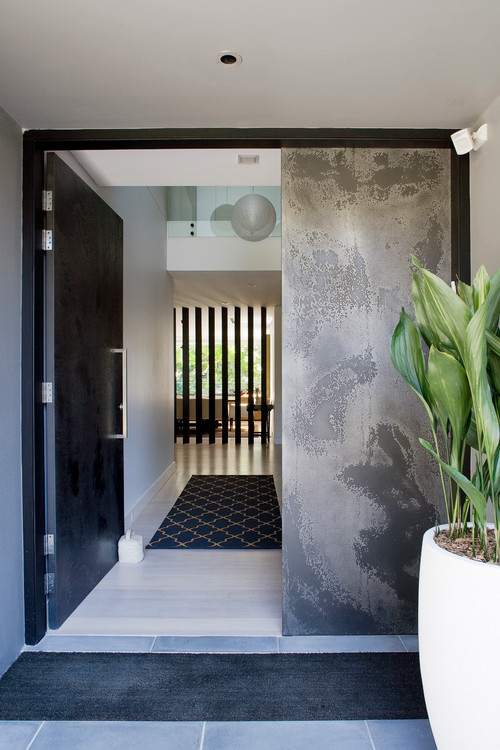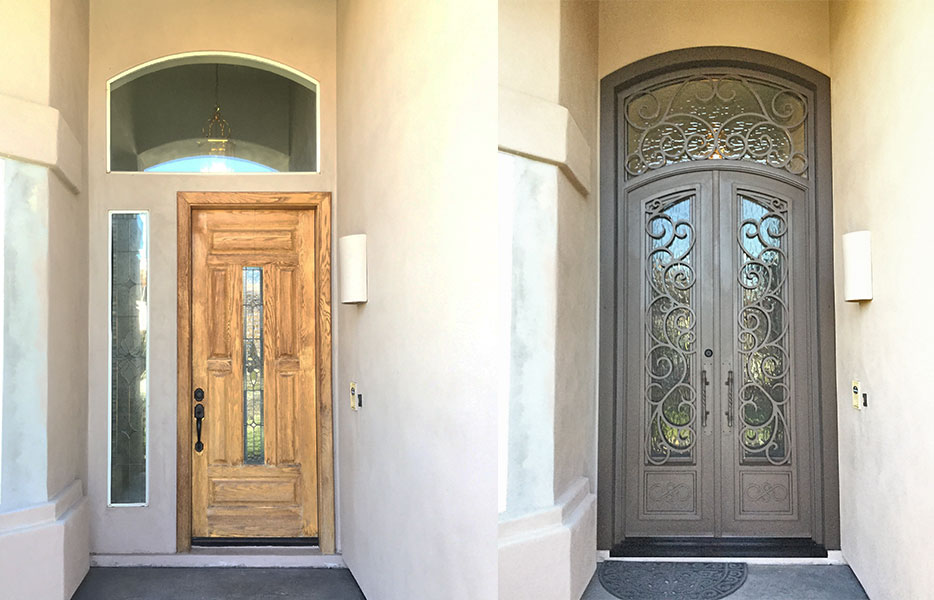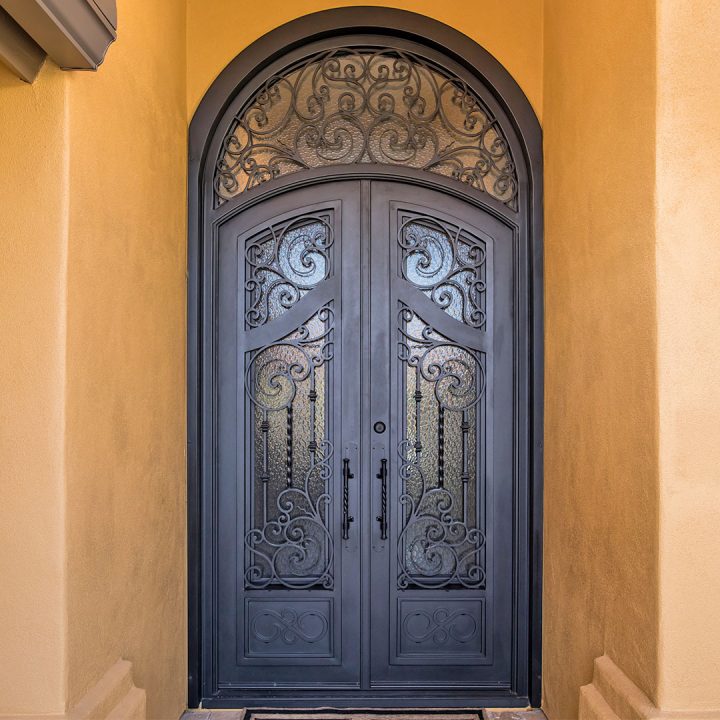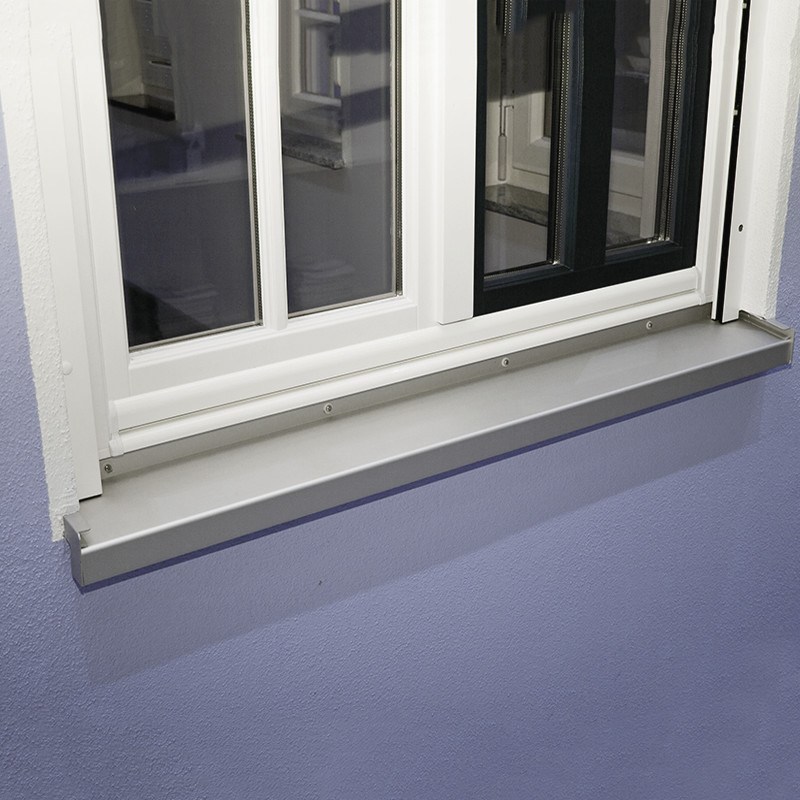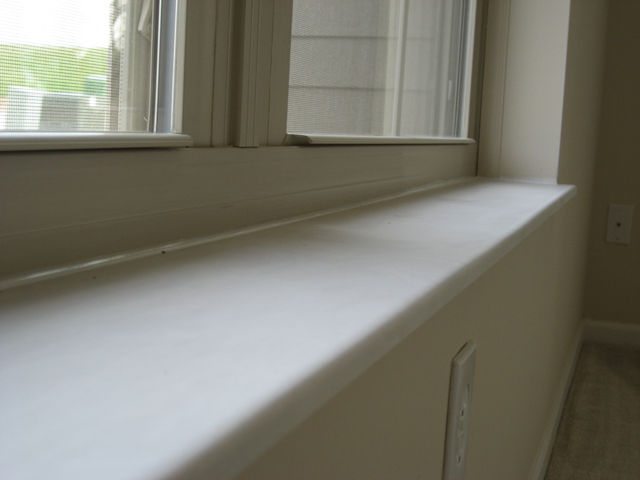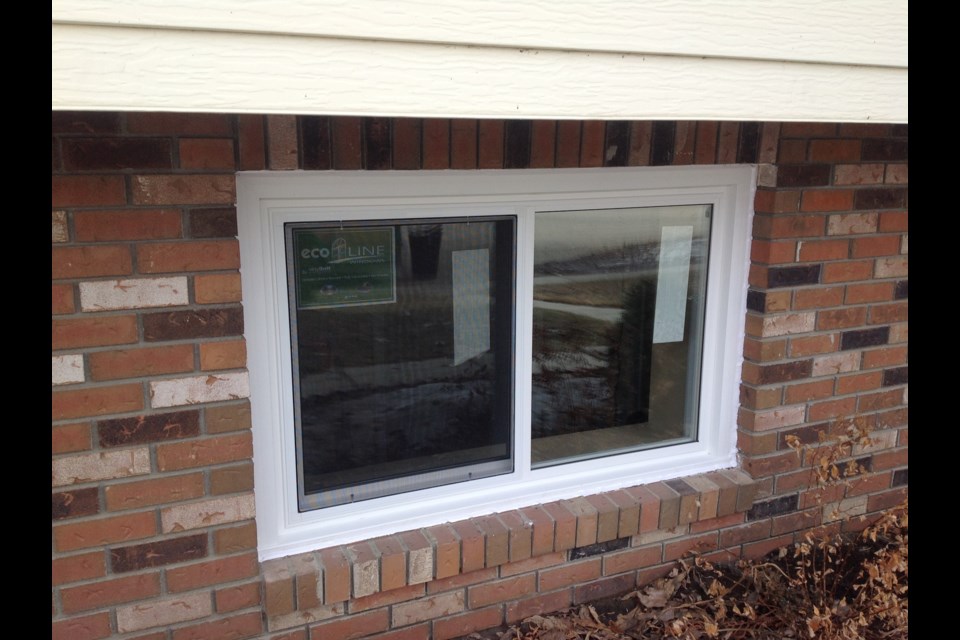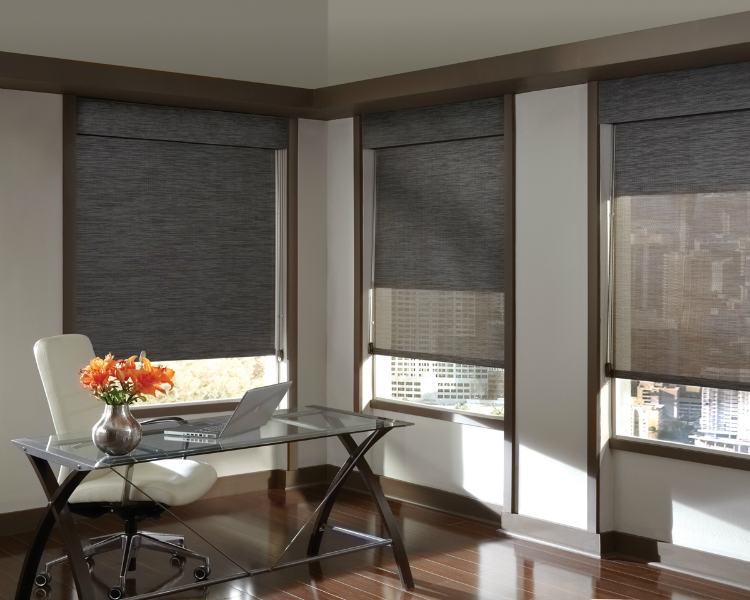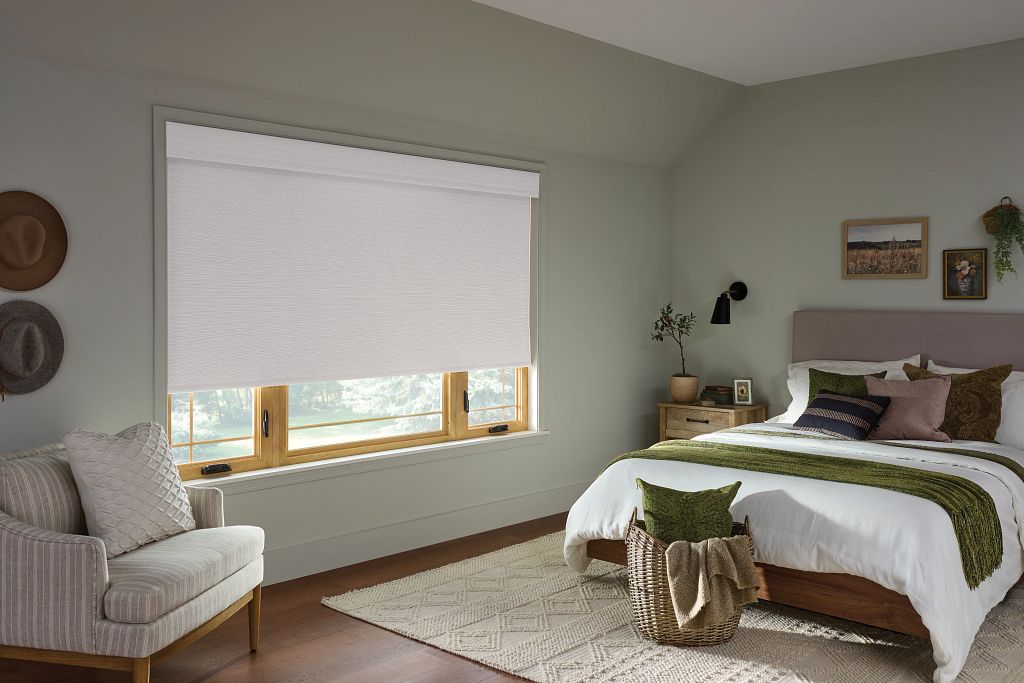
Imagine a home where fresh air flows freely, but pesky insects stay firmly outside. That’s the magic of a mesh fly screen. These simple yet effective barriers are essential for anyone wanting to enjoy the outdoors from the comfort of their home, without the annoyance of flies, mosquitoes, and other bugs.
What is a Mesh Fly Screen?
A mesh fly screen is a barrier made of fine woven material, designed to allow air and light to pass through while preventing insects from entering. It’s typically fitted to windows and doors, providing a simple and cost-effective way to protect your home.
Types of Mesh Fly Screens
There are various types of mesh fly screens, each with its own benefits and applications:
- Standard Fiberglass Mesh: This is the most common type, offering a balance of durability and affordability. It’s suitable for most general applications.
- Aluminum Mesh: Stronger and more durable than fiberglass, aluminum mesh is ideal for high-traffic areas and pet-friendly homes.
- Stainless Steel Mesh: The most robust option, stainless steel mesh offers exceptional strength and longevity, making it perfect for areas prone to severe weather or requiring added security.
- Pet-Resistant Mesh: Designed to withstand claws and scratches, pet-resistant mesh is perfect for homes with furry friends.
- Pollen-Blocking Mesh: This specialized mesh is designed to filter out pollen, making it a great choice for allergy sufferers.
- Retractable Fly Screens: These screens can be rolled up when not in use, offering flexibility and convenience.
- Magnetic Fly Screens: Easy to install and remove, magnetic fly screens are ideal for temporary use or rental properties.
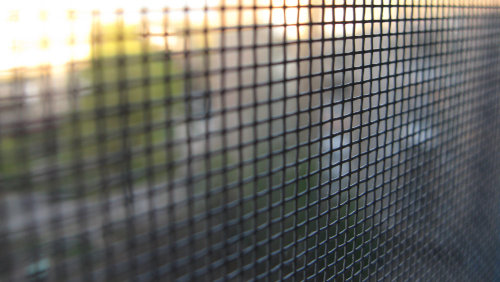
Benefits of Installing Mesh Fly Screens
Investing in mesh fly screens offers numerous advantages:
- Insect Protection: The primary benefit is keeping unwanted insects out of your home.
- Improved Ventilation: Enjoy fresh air without worrying about bugs.
- Natural Light: Mesh screens allow natural light to filter through, brightening your home.
- Energy Savings: By allowing natural ventilation, you can reduce your reliance on air conditioning.
- Increased Comfort: Create a more comfortable and enjoyable living space.
- Enhanced Security: Some heavy duty mesh options offer a level of security.

Choosing the Right Mesh Fly Screen
Selecting the right mesh fly screen involves considering several factors:
- Material: Choose a material that suits your needs and budget.
- Mesh Size: Smaller mesh sizes offer better protection against smaller insects.
- Durability: Consider the screen’s resistance to wear and tear, especially in high-traffic areas.
- Installation: Decide whether you want a DIY installation or professional fitting.
- Aesthetic Appeal: Select a screen that complements your home’s style.
- Budget: Determine how much you’re willing to spend.
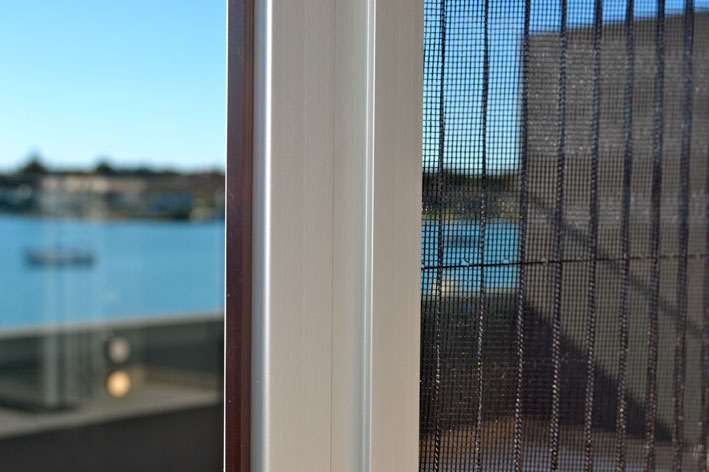
Installation and Maintenance
Installing mesh fly screens can be a DIY project or a professional job. For DIY, ensure you have the right tools and follow the manufacturer’s instructions. Regular maintenance, such as cleaning with a soft brush and soapy water, will keep your screens in top condition.
Conclusion
Mesh fly screens are an essential addition to any home, providing a simple and effective way to enjoy a bug-free environment. By understanding the different types and benefits, you can choose the perfect screen to meet your needs. Invest in quality screens and enjoy the comfort and peace of mind they bring.




